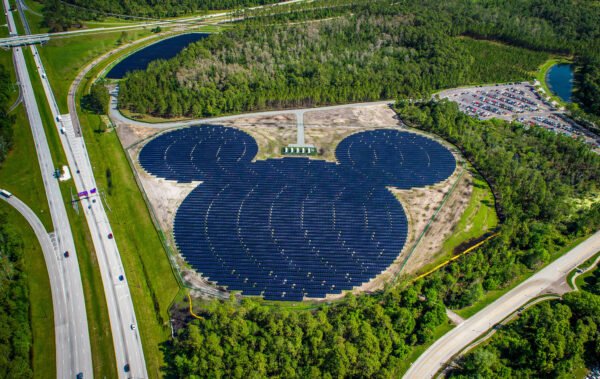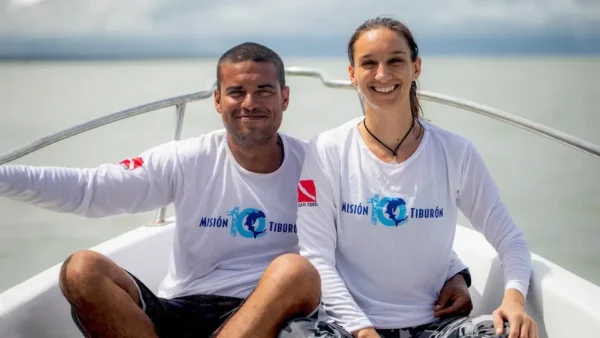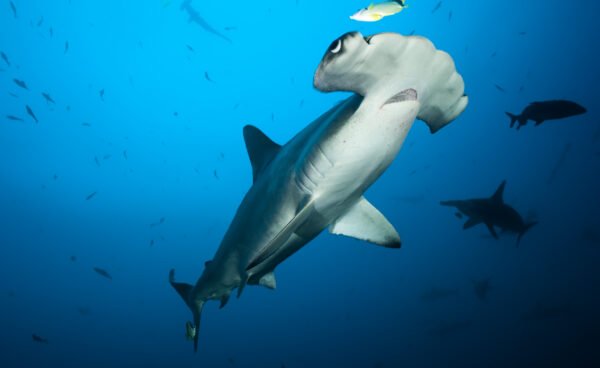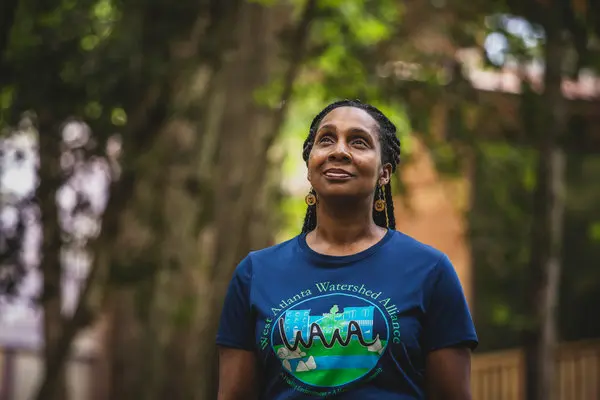
The present state of endangered species has shifted the focus of conservation efforts around the world in the face of fast environmental change and global biodiversity problems. The cry for action has gone beyond the usual conservation groups and into the corporate world as habitats diminish and climates change at record speeds. Here in this article, where we have worked with the biodiversity monitoring experts NatureMetrics, we explore endangered species, their complex problems, and how professionals, decision-makers, and company owners may help find long-term solutions to the increasing risk of loss of biodiversity.
Worldwide Biodiversity: Where We Are
Human activities that have endangered a staggering number of species are threatening world biodiversity. The 2019 Intergovernmental Science-Policy Platform on Biodiversity and Ecosystem Services (IPBES) study revealed that habitat destruction, pollution, climate change, and overexploitation put up to one million species at risk of extinction.
The IPBES 2023 assessment on invasive alien species adds another dimension to the biodiversity crisis; these recent statistics show that over 37,000 alien species have been introduced worldwide, threatening biodiversity, ecosystems, and economies. As of 2019, invasive species cost $423 billion in the economy. Invasions disrupt ecosystem equilibrium and incur significant economic costs, highlighting the need for coordinated management measures to minimise these hazards.
With over 17,000 tree species identified as potentially endangered, forest ecosystems and marine life have unclear futures due to habitat disruption. Rising sea levels and temperature fluctuations cause disturbances in breeding locations and migration patterns.
This changing situation emphasises the need for attention, study, and international cooperation to maintain biodiversity. It urges governments, corporations, and communities worldwide to develop effective conservation policies, reduce climate change, and stop invasive species to ensure a sustainable future for all living things. Integrating new research and a holistic approach to biodiversity conservation is essential, and the message of urgency is unavoidably clear.
Success Stories in Conservation
Still, there are glimpses of hope amidst headline-worthy statistics of despair. The whooping crane, bald eagle, and peregrine falcon are just a few examples of the exceptional recoveries that have resulted from conservation efforts in the US under the Endangered Species Act (ESA), first implemented in 1973. New species have been found and ambitious climate targets have been implemented, proving that efforts to preserve important habitats have been successful on a global scale.
The aforementioned IPBES 2023 report stresses the necessity for ambitious, coordinated alien species invasion countermeasures. In Australia, strict biosecurity and import controls have stopped the spread of invasive species like the brown marmorated stink bug. Together with proactive eradication and containment efforts, these measures can significantly protect biodiversity in the region, with appropriate resources, political will, and global cooperation.
In Costa Rica, the scalloped hammerhead shark has seen promising recovery efforts, thanks to the expansion of the Hammerhead Shark Sanctuary by threefold, covering 15,500 hectares. This expansion was a result of dedicated work by Ilena Zanella and her team at Misión Tiburón, recognized by the Costa Rican government’s commitment to protect these critically endangered sharks.

This sanctuary serves as an important nursery ground, and preliminary evidence indicates an encouraging increase in shark numbers in the area, showcasing a successful model of marine conservation through targeted sanctuary protection and international recognition of conservation efforts. Last year, Costa Rica announced an all-out ban on the fishing of hammerhead sharks, specifically the smooth hammerhead, scalloped hammerhead and great hammerhead.

Environmental Responsibility faced with Roadblocks
One area in which businesses and professionals may make a positive impact is in thwarting the extinction of species. The business community has the power to make a difference through sustainable practices, CSR activities, and investment in conservation technologies. Investment in renewable energy sources, for instance, can lessen the impact of climate change, and sustainable supply chain practices can lessen the need to cut down on forest loss. By integrating sustainability CSRs into their core strategies, companies can ensure that their operations not only meet environmental standards but also contribute to long-term ecological balance. Partnerships with environmental groups, financial support for conservation efforts, and policy advocacy are all ways in which firms can lend a hand to conservation efforts.

Businesses face several challenges in adopting sustainable practices, however including economic pressures, regulatory constraints, and the need for innovation. To navigate these challenges, businesses can engage in partnerships with environmental organisations, invest in research and development for sustainable technologies, and advocate for policies that facilitate green business practices. Leveraging frameworks like the Science Based Targets initiative can help businesses align their sustainability goals with global efforts to combat biodiversity loss and climate change.
Analyses of Conservation Efforts by Businesses

A number of corporations are now at the forefront of business-led environmental initiatives. For instance, several companies have pledged to ensure that their supply chains do not contribute to deforestation, which helps protect habitats for endangered animals. To help the environment and wildlife, some people have started recycling more, cutting down on waste and purchased biodiversity net gain units, following the ideas of the circular economy.
Time to Act

Businesses and professionals must take the lead in conservation efforts in response to the alarming increase in endangered species. This includes doing things like implementing eco-friendly procedures across the board and leveraging their position to push for green legislation and funding conservation initiatives.
Incorporating biodiversity issues into strategic planning, investment decisions, and operational processes is crucial for corporate executives who want to make a real impact. Partnerships with conservation groups, science-based conservation goals, and biodiversity assessments can all help bring this goal to fruition.
Also, companies can use their influence to get the word out about how biodiversity is important and what people can do to help endangered species. Customers, workers, and other interested parties can be motivated to take action if they do this.
To amplify the impact of conservation efforts, businesses can:
- Organise corporate volunteer programs focused on local conservation projects.
- Fund biodiversity research initiatives and partner with academic institutions to advance conservation science.
- Launch awareness campaigns and workshops to educate employees and customers about biodiversity issues and encourage individual actions for conservation.
- Advocate for biodiversity-friendly policies and engage in public-private partnerships to support conservation efforts at the local and national levels.
Engaging in these practices not only helps protect endangered species and ecosystems but also positions businesses as leaders in sustainability and corporate responsibility.
Conclusion
It will take the combined efforts of governments, NGOs, scientists, and businesses to win the fight to protect endangered species around the globe. Businesses, as custodians of the world’s resources, play a crucial part in this battle. Businesses may help ensure a future rich in biodiversity by committing to sustainability practices, raising awareness about the need for environmental stewardship, and funding conservation efforts. The precious biodiversity of our world is at stake, and our actions today will determine whether or not it survives tomorrow.
The need of professionals and decision-makers playing a part in conservation efforts is paramount in today’s society because of the substantial impact that corporate activities have on the environment. As robust ecosystems are the bedrock of long-term economic and social viability, the plight of endangered species is an ecological and economic concern. The corporate world has a unique opportunity to stem the tide of biodiversity loss and secure a healthy planet for future generations by demonstrating leadership, innovation, and a dedication to sustainability.
